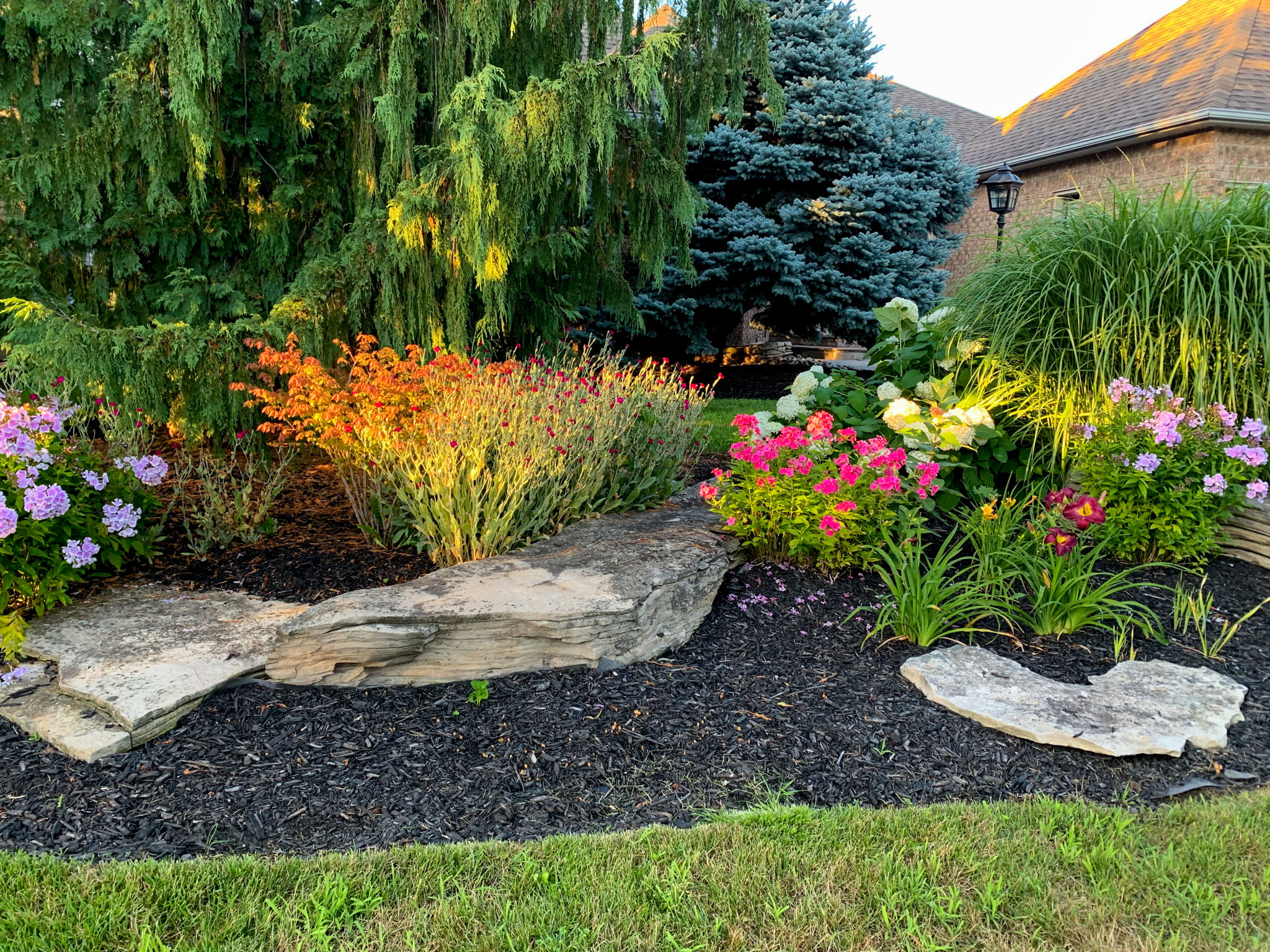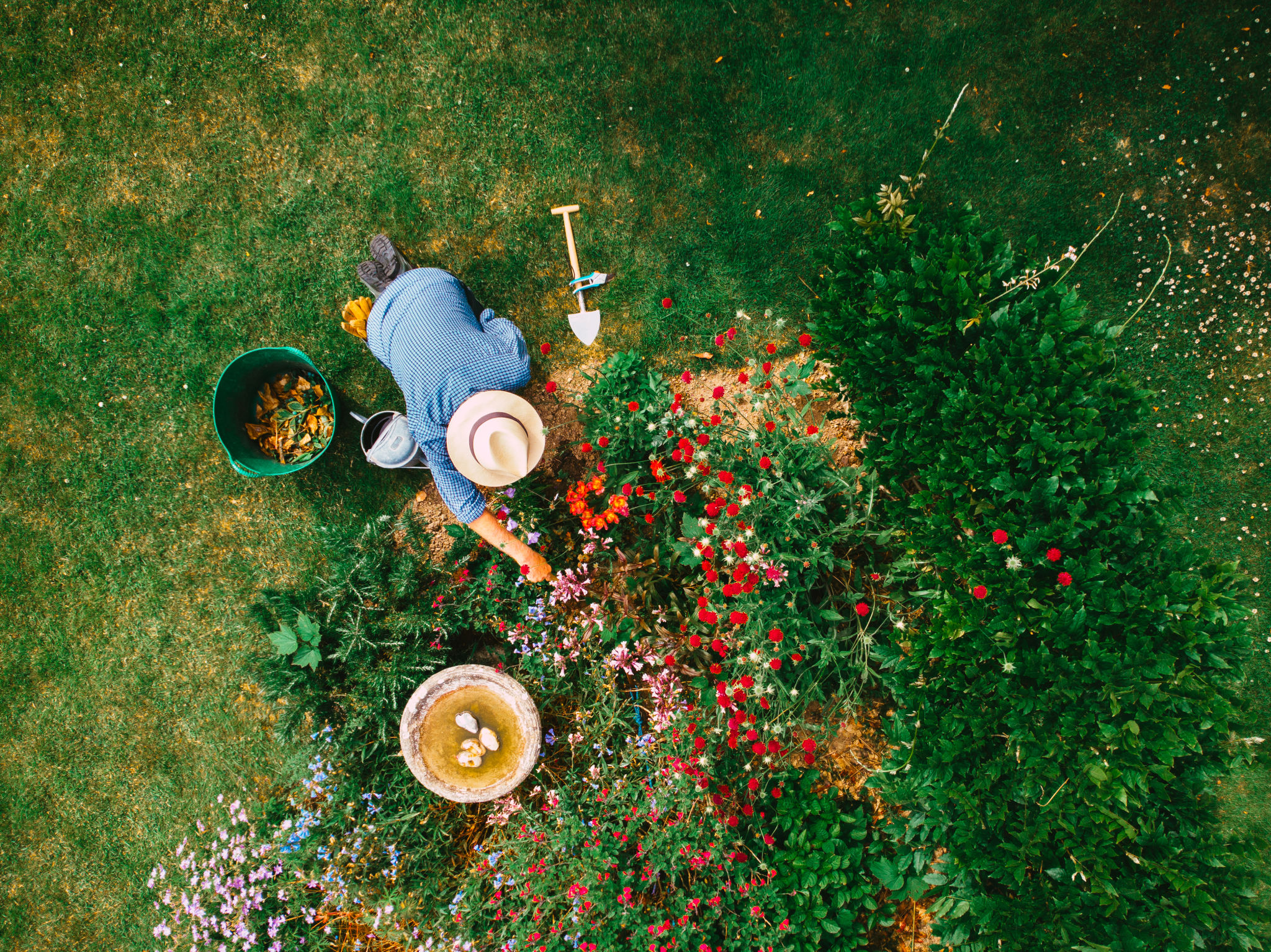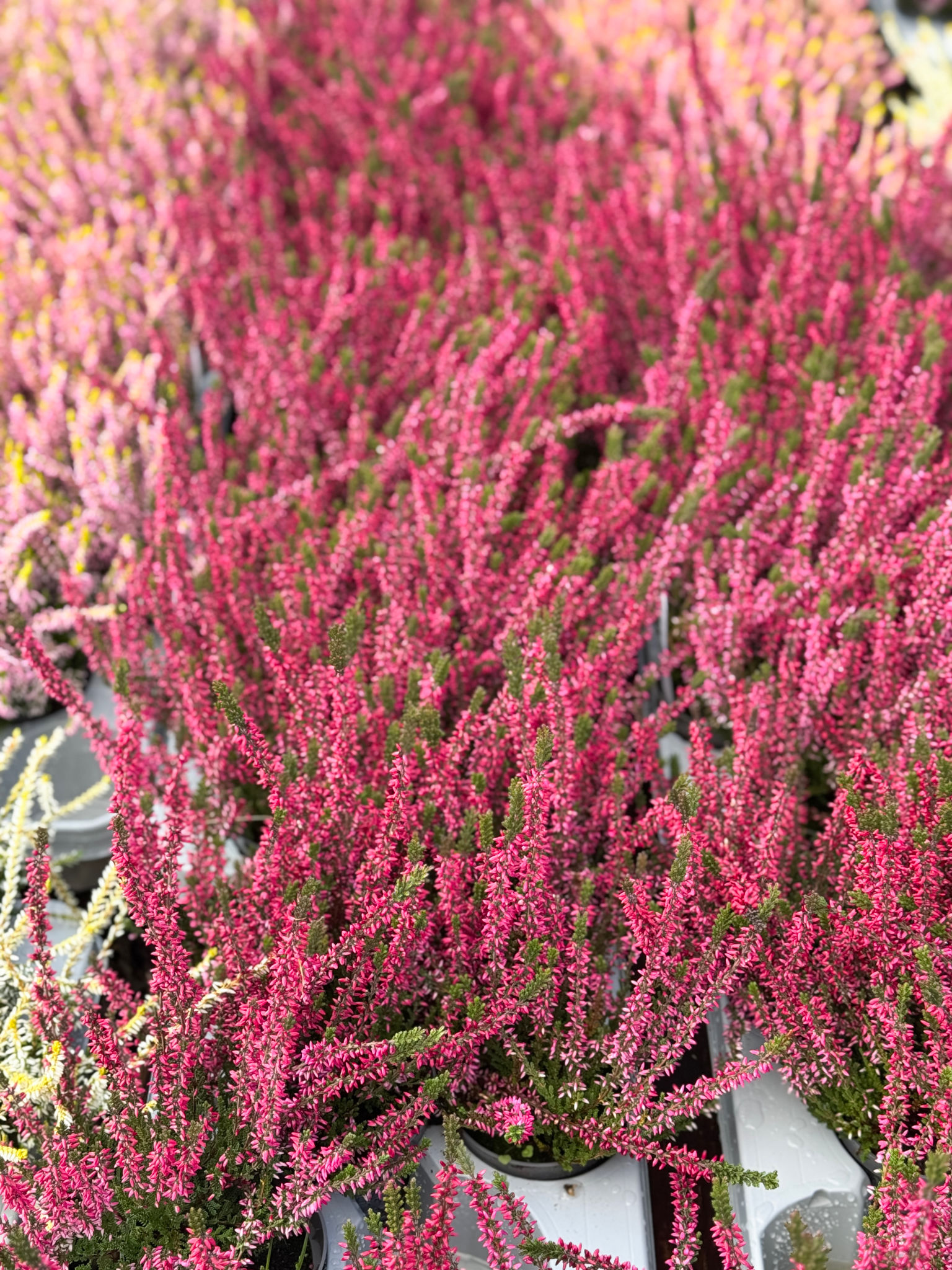The Ultimate Guide to Year-Round Landscaping Maintenance
Understanding Your Landscape's Needs
Maintaining a beautiful landscape requires attention to detail and consistent care throughout the year. Each season brings unique challenges and opportunities for your garden, so understanding what your landscape needs is crucial. Begin by assessing the types of plants, trees, and shrubs you have and understanding their specific requirements. This knowledge will help you tailor your maintenance routine effectively.
Consider factors such as soil quality, drainage, and sunlight exposure to ensure that each element of your landscape is thriving. Regularly inspecting your garden's overall health will allow you to catch any issues early, preventing more significant problems down the line.

Spring: Revitalizing Your Garden
Spring is the perfect time to reinvigorate your landscape after the dormancy of winter. Start by clearing away any debris or dead plant material that accumulated over the colder months. Pruning is essential during this time, as it helps stimulate new growth and maintains the shape and health of your plants.
Fertilization in spring provides the necessary nutrients for plants to flourish. Choose a balanced fertilizer suitable for your garden's specific needs, and apply it according to the manufacturer's instructions. This is also a great time to plant new flowers and shrubs, adding vibrant colors to your landscape.
Spring Lawn Care
As temperatures rise, it's crucial to give your lawn some attention. Aerating your lawn will improve oxygen flow to the roots and encourage healthy growth. Over-seeding can help fill in any bare patches, ensuring a lush and even appearance.

Summer: Keeping It Thriving
In summer, maintaining moisture levels is key. With increased heat and sun exposure, your garden may require more frequent watering. Early morning or late evening watering is best to reduce evaporation and ensure that plants absorb maximum moisture.
Mulching is another effective way to retain soil moisture and suppress weeds. A layer of mulch around plants helps regulate temperature and provides essential nutrients as it breaks down.
Pest Management
Summer is also a time when pests can become more prevalent. Regularly inspect plants for signs of infestation and consider natural pest control methods where possible. Introducing beneficial insects or using organic sprays can help keep pest populations in check without harming the environment.

Autumn: Preparing for Dormancy
As temperatures begin to drop, it's time to prepare your landscape for the cold months ahead. Rake up fallen leaves regularly to prevent them from smothering your lawn and causing damage. Fall is an excellent time for planting trees and shrubs, allowing them to establish roots before winter.
Prune plants lightly to remove any dead or diseased branches, which can become problematic when left unattended during winter. Applying a layer of mulch will protect plant roots from freezing temperatures.
Lawn and Soil Care
Autumn is also an ideal time to test your soil's pH levels and make adjustments if necessary. Aerating and fertilizing your lawn in the fall will promote strong root systems, ensuring a healthy start when spring arrives again.

Winter: Protecting Your Landscape
The key to successful winter landscape maintenance is protection. Use burlap or other protective materials to shield vulnerable plants from harsh winds and frost. If snowfall is heavy in your area, gently brush snow off branches to prevent breakage due to weight.
Continue monitoring your landscape throughout winter months, checking for signs of damage or stress. A little attention during this time can make a significant difference in how well your garden rebounds in spring.
Winter Pruning
Certain plants benefit from winter pruning, as this is when they are dormant and less susceptible to disease. Focus on removing dead wood and shaping plants carefully. Consult with a gardening expert if you're unsure which plants require pruning during this season.

Year-Round Best Practices
Regardless of the season, some landscaping practices are universally beneficial throughout the year. Regularly cleaning and maintaining garden tools will extend their lifespan and ensure efficiency during use. Additionally, keeping a gardening journal can help track plant growth patterns and note any maintenance actions taken.
Embrace sustainability by incorporating native plants into your landscape design, as they are typically more resilient and require less maintenance. Also, consider using rain barrels to collect water for irrigation, reducing reliance on municipal water sources.

By following these guidelines, you can maintain a vibrant and healthy landscape all year round. Consistent care not only enhances the beauty of your outdoor space but also contributes to a more sustainable environment.
